Potential Third Term Victory Looms for Modi and BJP
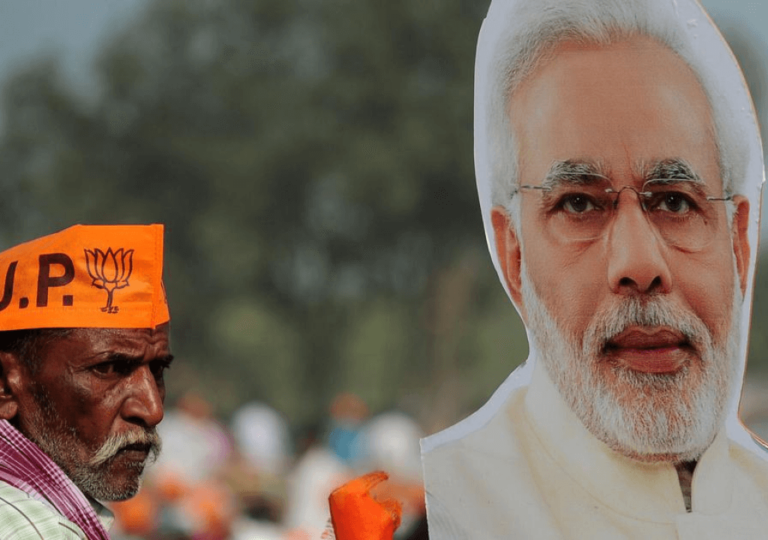
Prime Minister Modi aims for a historic 400-seat win in upcoming elections, bolstered by BJP's groundwork and media dominance, reshaping Indian politics.

Prime Minister Modi aims for a historic 400-seat win in upcoming elections, bolstered by BJP's groundwork and media dominance, reshaping Indian politics.
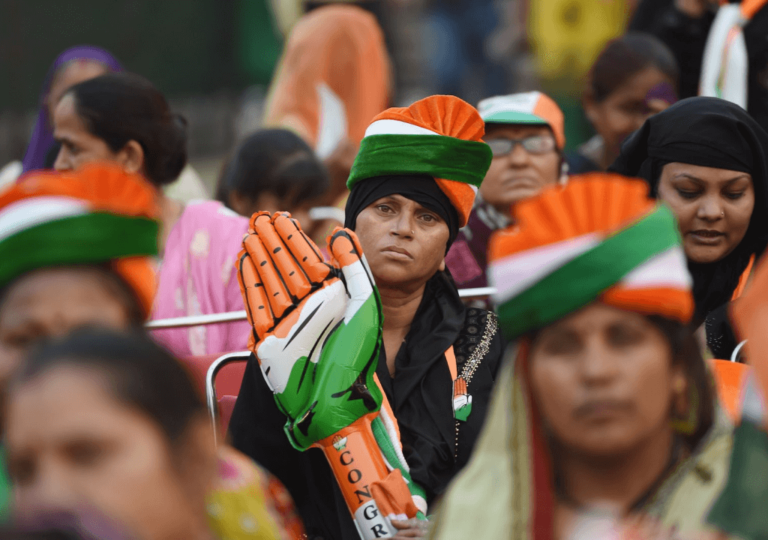
Despite its historical significance, Indian National Congress faces leadership challenges, diminishing influence, hindering its ability to challenge Modi's dominance.
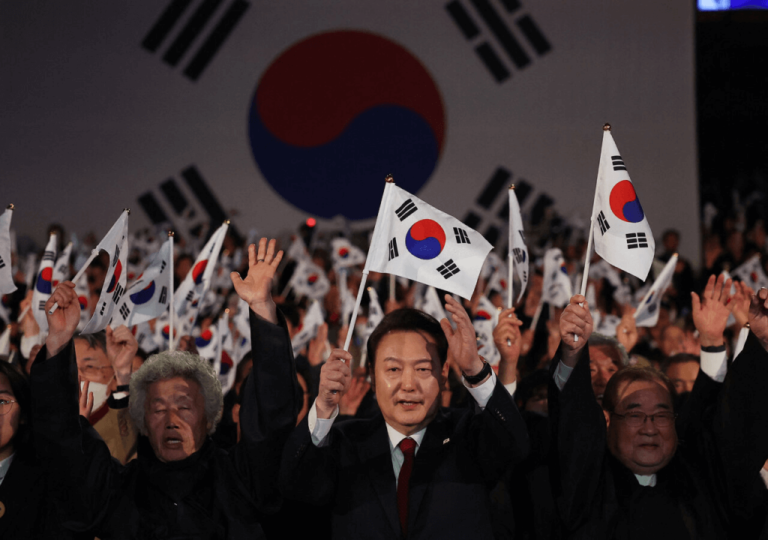
South Koreans gear up for pivotal parliamentary election on April 10, crucial for President Yoon Suk Yeol's reform agenda and political landscape.
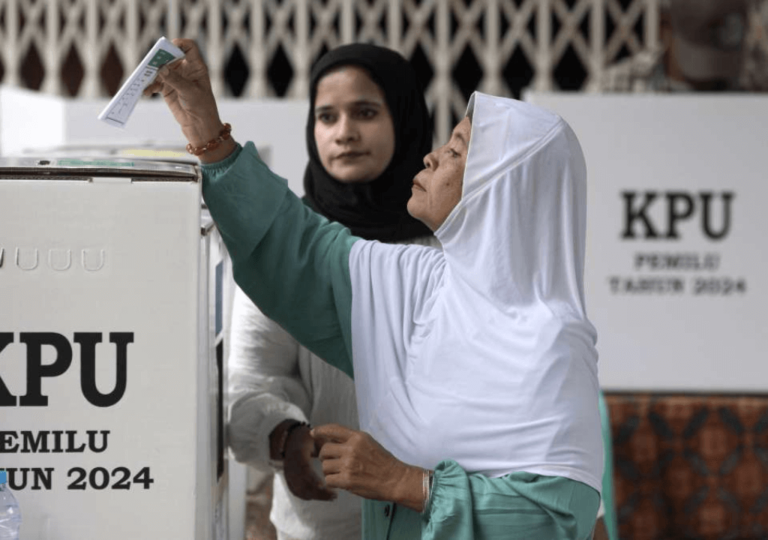
Prabowo Subianto wins Indonesian presidency with 60% vote, challenged by Anies Baswedan citing electoral flaws. International leaders congratulate.
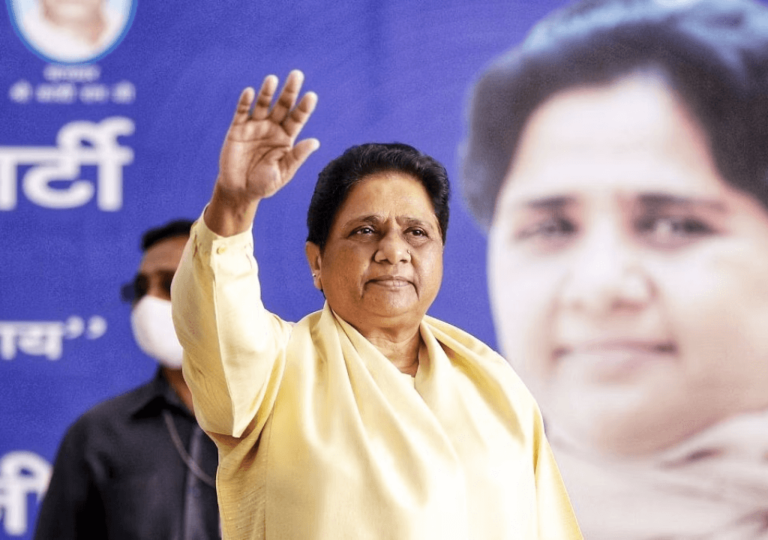
Once hailed as a potent political force, the BSP now faces decline, losing MPs and influence, overshadowing its once-prominent role.
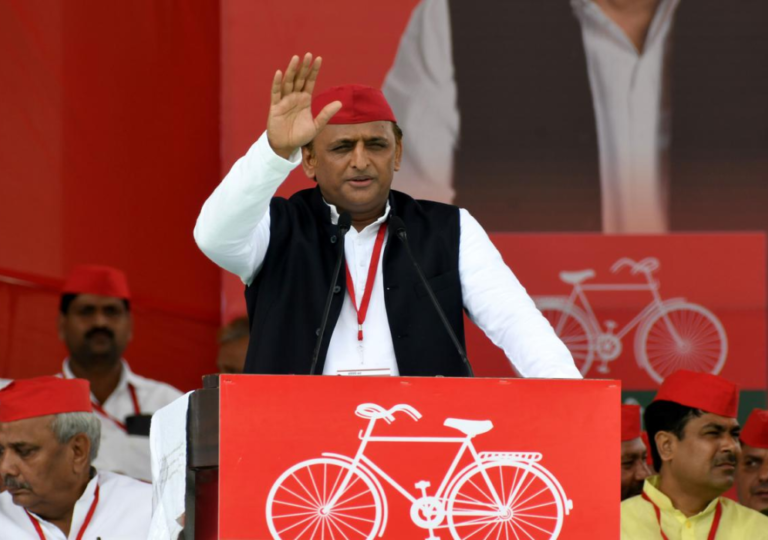
Narendra Modi's BJP alters Indian politics, drawing support from diverse castes, while SP-INC alliance challenges in key Uttar Pradesh.
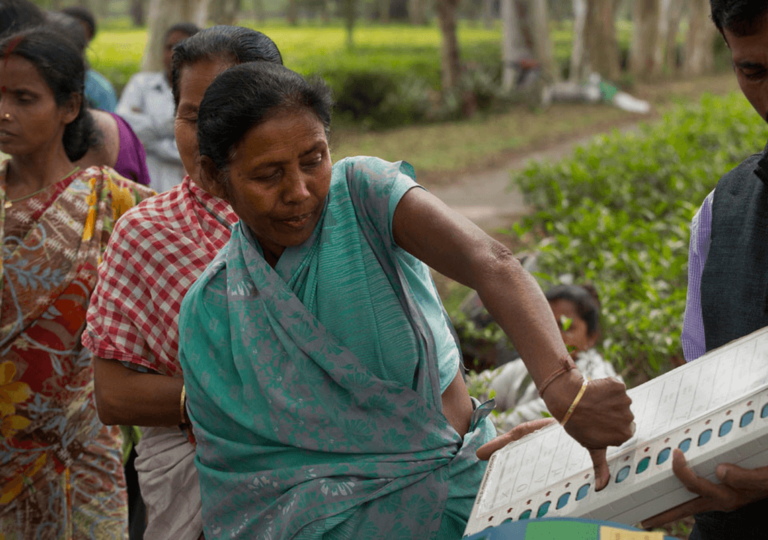
Indian Supreme Court mandates transparency in electoral bonds, scrutinizing political funding and pressing for disclosure from State Bank of India.
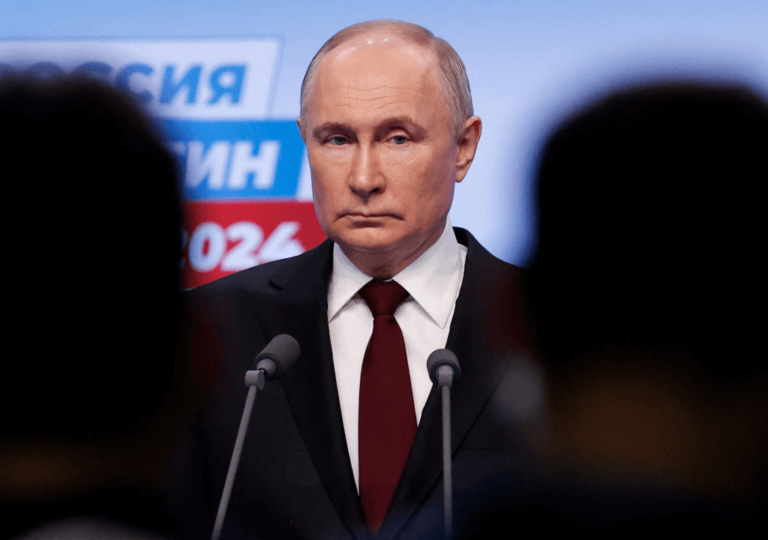
"The Dictator" scene mirrors Russian election: Putin's orchestrated triumph amid protests, disqualifications, and fears of extended authoritarian rule.
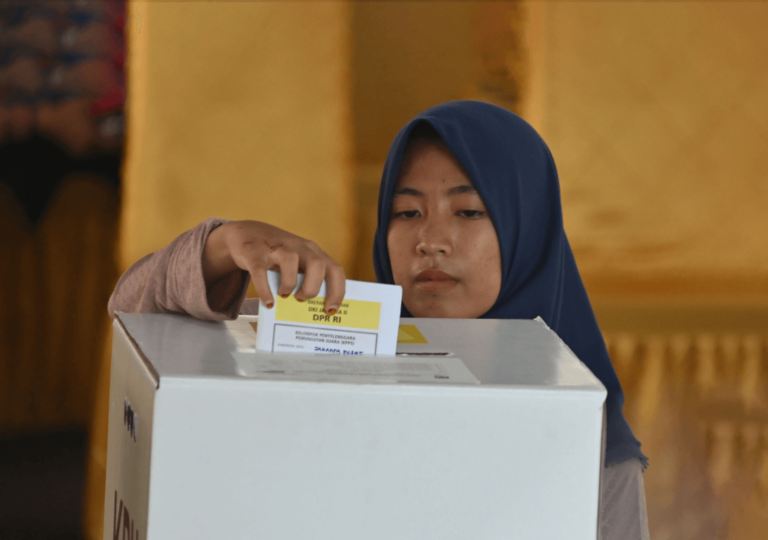
Thailand's Move Forward Party faces dissolution over alleged unconstitutional actions, sparking concerns for democracy amid resistance to lese majeste laws.
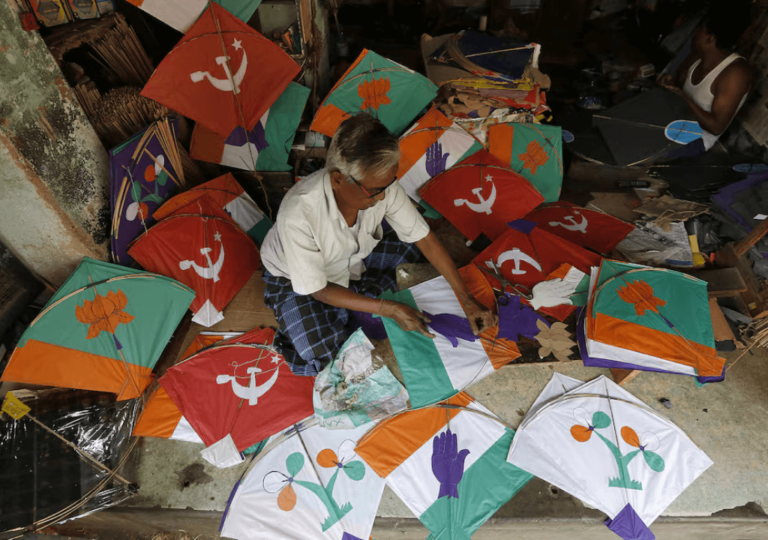
India's vibrant electoral carnival, with 970 million voters, promises a spectacle. BJP leads, but opposition hopes for unpredictability in June 4th results.